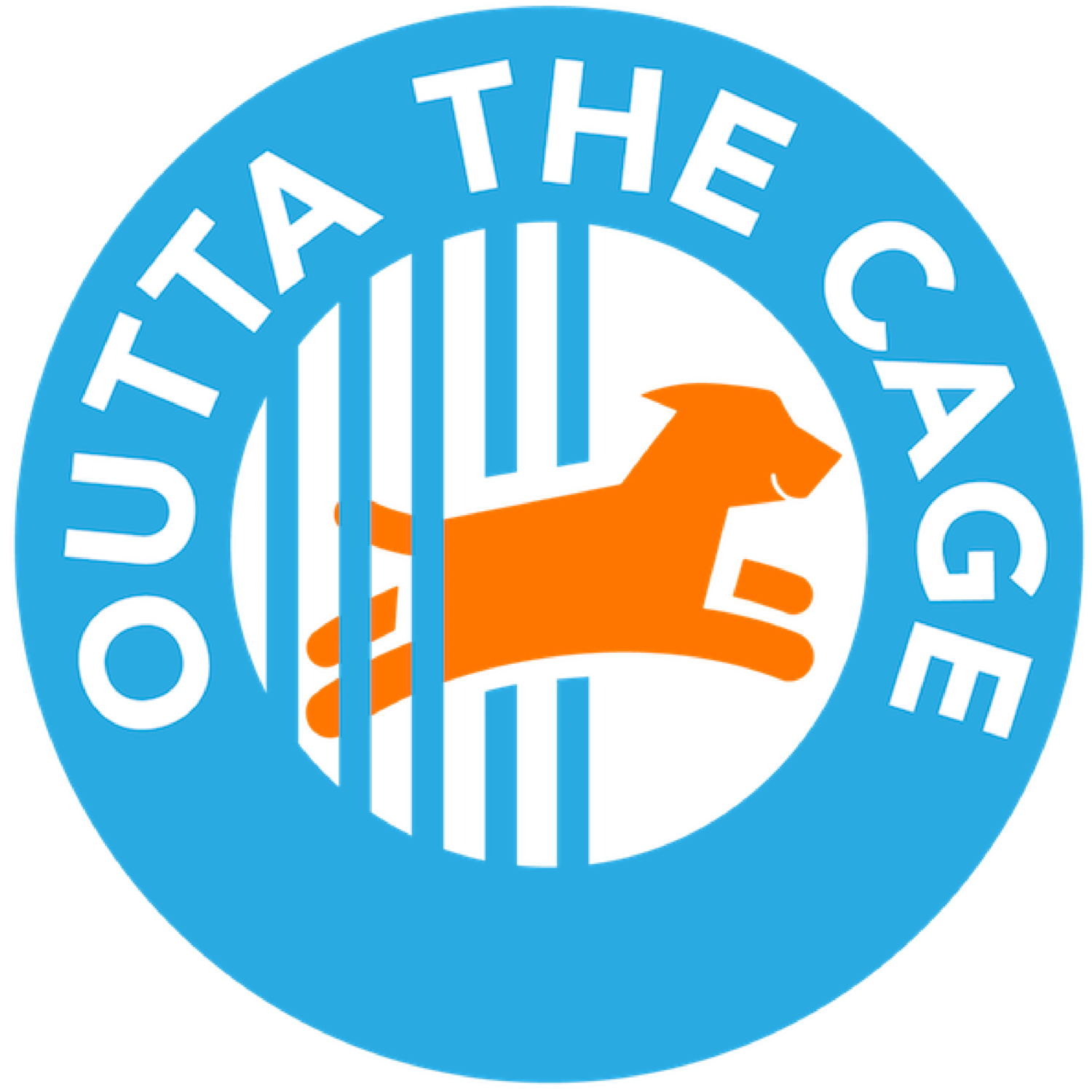The idea of a dog could mean its demise.
In which Jill discusses what might be the biggest problem in rescue.
“Y’know, you could be saving more dogs if you didn’t have to meet them all.”
I’d been expecting a comment like this from one of the scores of people who ask us daily to help a shelter dog. It’s a predictable response to my explanation that our rescue, Outta the Cage, doesn’t pull dogs we haven’t met in-person. It’s been our model from the beginning. And yes, this practice prevents us from jumping in our cars and hightailing it 3 hours to Wildomar to save a dog that looks just like someone’s late Brussels Griffon (RIP).
The choices in rescue are brutal.
As I type this, we have a pipeline of 22 shelter dogs we’d like to help. We’ve met and spent time with each of these dogs. I like to think it is BECAUSE we’ve gotten to know them that we might be able to help them.
At the shelter, we’ll see a dog in its kennel that has that special sumpin’ sumpin’ that draws us. But good doggie juju isn’t enough. With volunteer help, we get the dogs into shelter play yards, interact with them, do some informal assessing, video them, confirm their status, and procure their notes.
Does this take more time? Sure. But it also lets us represent a dog more accurately when we share her on social media, post her on our website, or pitch her to potential adopters.
For instance, Lily and Lakita are two female German Shepherds housed three kennels away from each other in a high-kill shelter. When Lily enters the yard, she pees a river (likely to be housetrained), takes 10 minutes to make eye contact, and ends up happily posing for still shots.
Lakita immediately solicits affection, drops the tennis ball at your feet, and resists going back to her kennel. Data points like these let us individualize two German Shepherds who would otherwise be commoditized with the 33 other shepherds in that shelter.
Let’s face it: Taking a dog from her kennel, getting her to the yard, throwing a ball around, and bestowing belly rubs is a laudable first step. Even adding some enrichment activities and practicing sit/stay will only tell you so much. But it beats a sad intake photo.
There are always surprises.
“He knows how to unlatch the gate!” and “We’ve had him for 2 days and he’s STILL marking!” are two messages from recent adopters confronting what I call the “What have I done?” phase. In cases like these, the adopter’s fantasy life with her new pup didn’t include these unwanted (but remediable) behaviors.
Networkers, too, often cling to the idea of a dog. Some can be particularly unforgiving when we politely explain why we can’t help one of their favorites. We get variations of, “I sent you his pic why couldn’t you pull him he’s dead becus [sic] of you!” and “GO MEET HIM RIGHT NOW HE’S IN APPLE VALLEY!” —the latter having come from a well-meaning gentleman in Ohio.
Rescue is heartbreaking work in the best of times, and these are the worst of times. To quote an oft-used, post-pandemic aphorism: “We can’t adopt our way out of this mess.”
It’s still worth it.
At worst, we give a once-loved Malinois a break from his kennel mate and a chance to practice the commands he came in with. We give the little red Coonhound space to sniff around and get the zoomies. We let the senior pittie with the stiff gait and rheumy eyes relax—head up and eyes closed, as if making a final wish—in the sunshine. There’s quick pang that comes with the knowledge that these dogs could be experiencing their final moments of joy. We choose hope and connect with them.
Many of the surprises are happy ones. The more data we gather through in-person interactions, the higher the likelihood we can help potential fosters and adopters make an informed adoption decision—one based on who the dog really is.

